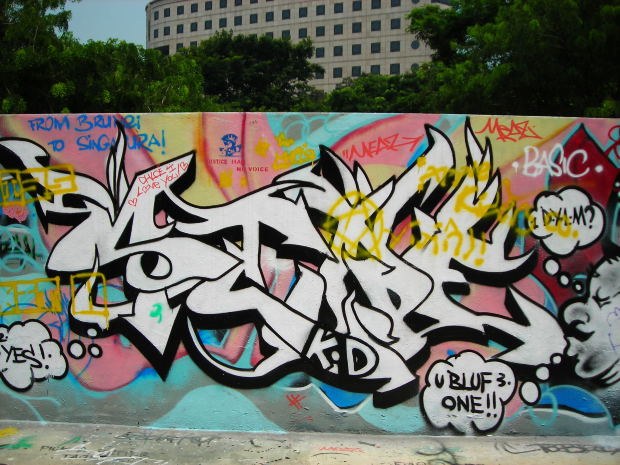Instruction
1
Look carefully at other people's graffiti, learn them. To observe does not mean to copy someone else's ideas. You just have to learn from more experienced writers and not to make mistakes newcomers. Remember as successful, and unsuccessful work to make it easier for them to create something of their own.
2
Start with pencil and paper. The most common mistake of novice writers is the desire as soon as possible to come up with something on the building that all have seen and appreciated his work. However, in most cases, beginners only spoil the walls poor quality drawings. Stock up on album leaves, pencils, erasers and markers and practice as much as possible.
3
First try to copy some of the most simple works of professional writers. Start with two-dimensional images, and then go to volume. Use different colors and shades, so the image was more vivid and impressive: even the plain and simple color pattern often looks more beautiful sophisticated black-and-white.
4
Learn to draw the letters. The easiest style that can be mastered by a beginner, is style bubble. The illustrations in this style are round and resemble bubbles. Just draw on a sheet of paper big printed letter, and then try to modify it, removing the angles and giving the picture a rounded shape. First, draw individual letters, and then try to write something in graffiti.
5
Try to write your name. Many beginners is the name or nickname is used to create a tag – a unique signature of the writer. Practice until then, until you learn to draw a tag easily and without errors.
6
When you learn how to create color drawings, try to draw more black-and-white. Experiment with pressure, shading, line thickness. Volume black-and-white drawings don't happen overnight, so practice as much as possible.
7
Learning to draw well with a pencil, marker and paint, hit the streets of the city. It is not necessary to improvise until you're confident: draw on paper first and then transfer the pattern on the wall.
